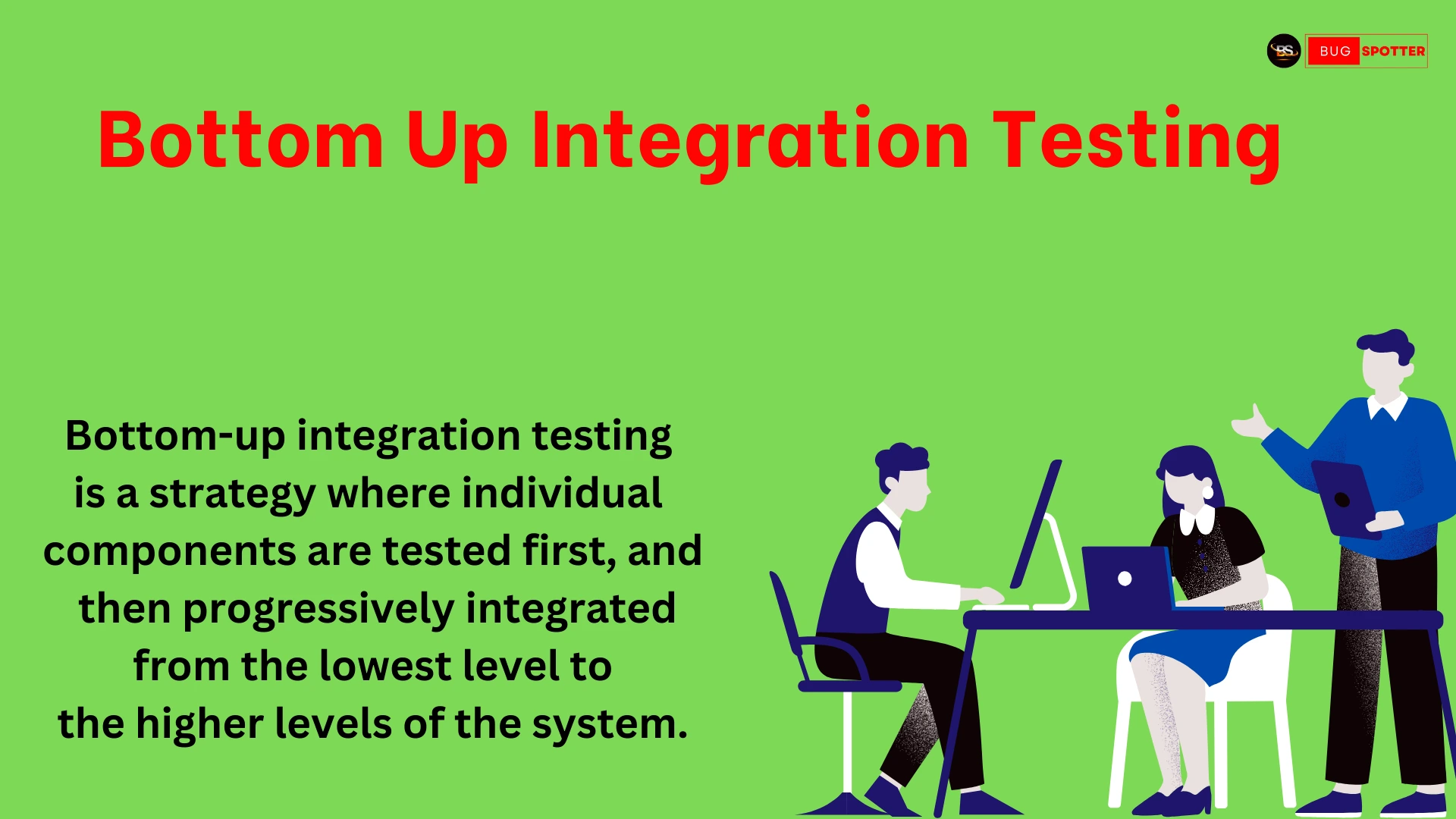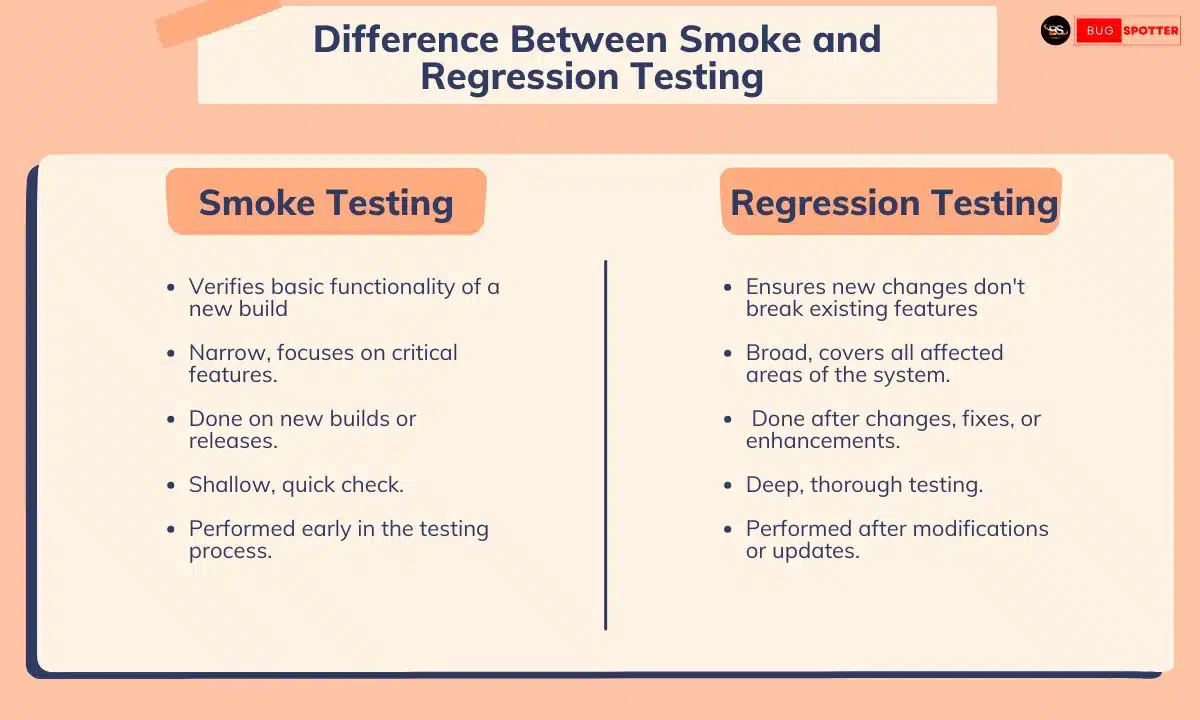Software testing Types
Table of Contents


What is Software Testing?
Testing is a critical phase in the software development lifecycle. It involves systematically checking and validating that a software application meets both functional and non-functional requirements. The objective is to uncover any bugs, defects, or missing features in the software to ensure it works as expected in real-world scenarios.
In essence, testing helps to:
- Identify and fix errors early in the development process.
- Ensure that the software is reliable, secure, and performs well.
- Validate that the product aligns with customer expectations and business goals.
Types of Software Testing
Software testing types: Software testing can be broadly classified into functional and non-functional categories. Each of these categories has various testing types that focus on different aspects of the software.
1. White Box Testing
- What it is:
White box testing is also called structural testing or glass box testing. It requires the tester to have in-depth knowledge of the software’s internal code structure, design, and implementation. - Objective:
To ensure that each line of code and the flow of control in the system is functioning correctly. - Examples:
- Unit Testing: Testing individual units or components of the software.
- Integration Testing: Testing multiple components or units to ensure they work together.
- Code Coverage: Ensuring all possible paths in the code are executed during testing.
2. Black Box Testing
- What it is:
In black box testing, the tester is unaware of the internal workings of the software. They focus on verifying the software’s functionality based on the input and output without looking at the underlying code. - Objective:
To test the software’s behavior and ensure it meets the user’s requirements without delving into the code. - Examples:
- Functional Testing: Testing features or functionalities.
- Usability Testing: Testing how user-friendly the application is.
- User Acceptance Testing (UAT): Verifying that the system meets user expectations.
3. Grey Box Testing
- What it is:
Grey box testing combines aspects of both white box and black box testing. Testers have partial knowledge of the system’s internal architecture, allowing them to focus on testing scenarios that include both user behavior and system internals. - Objective:
To improve the overall quality by leveraging knowledge of both the internal code and the external behavior of the software. - Examples:
- Testing security vulnerabilities by knowing how the system handles user authentication.
- Testing the flow of data between the frontend (user) and backend (database).
Functional Testing Types
Software testing types: Functional testing is a type of black box testing that verifies that the system performs according to the specified requirements and business logic.
1. Behavioural Coverage
- What it is:
Verifies that the system behaves as expected in different situations. The focus is on the observable behaviors of the application. - Example:
Testing how the system reacts when a user submits a form with valid or invalid data.
2. Input Domain Coverage
- What it is:
Ensures that the system handles all possible inputs correctly within its defined limits. - Example:
Testing for boundary conditions such as entering minimum, maximum, or out-of-bound values in a numeric field.
3. Error Handling Coverage
- What it is:
Verifies that the system properly handles errors, such as incorrect inputs or unexpected conditions, without crashing. - Example:
Testing how the application responds when a user enters an invalid date format or leaves a required field empty.
4. Service Level Coverage
- What it is:
Focuses on verifying the system’s compliance with service-level agreements (SLAs), such as performance, uptime, and response time. - Example:
Testing how quickly the system processes a user’s request under normal and peak loads.
5. Calculation-Based Coverage
- What it is:
Validates that the system performs correct calculations and logic. - Example:
Testing the accuracy of calculations for an e-commerce system that computes totals, taxes, and discounts.
6. Back-End Coverage
- What it is:
Ensures that data entered via the frontend is correctly stored and processed in the backend database. - Example:
Verifying that a new user registration is successfully saved in the database and can be retrieved later.
Non-Functional Testing types
Software testing types: While functional testing ensures the software’s correctness, non-functional testing focuses on how well the software operates. It evaluates aspects like performance, usability, and security.
1. Recovery Testing
- What it is:
Verifies the system’s ability to recover from failures, crashes, or hardware failures without losing data or causing corruption. - Example:
Testing how quickly and completely an application can recover from a sudden power loss or system crash.
2. Compatibility Testing
- What it is:
Ensures that the software is compatible with different operating systems, devices, browsers, and platforms. - Example:
Testing how a website renders and performs across different browsers like Chrome, Firefox, and Safari.
3. Inter-System Testing
- What it is:
Checks the interaction and data exchange between different systems, ensuring that the application can communicate and integrate smoothly with external applications. - Example:
Testing an e-commerce system that interacts with a third-party payment gateway to ensure transactions are processed correctly.
4. Globalization Testing
- What it is:
Verifies that the software can be used globally, with proper support for different languages, currencies, and cultural formats. - Example:
Testing whether a system correctly displays dates, times, and currency symbols in different locales.
5. Sanitation Testing
- What it is:
Ensures the system can handle, sanitize, and manage invalid, malicious, or corrupted data to maintain data integrity. - Example:
Testing how the system prevents SQL injection attacks by sanitizing user inputs before sending them to the database.











